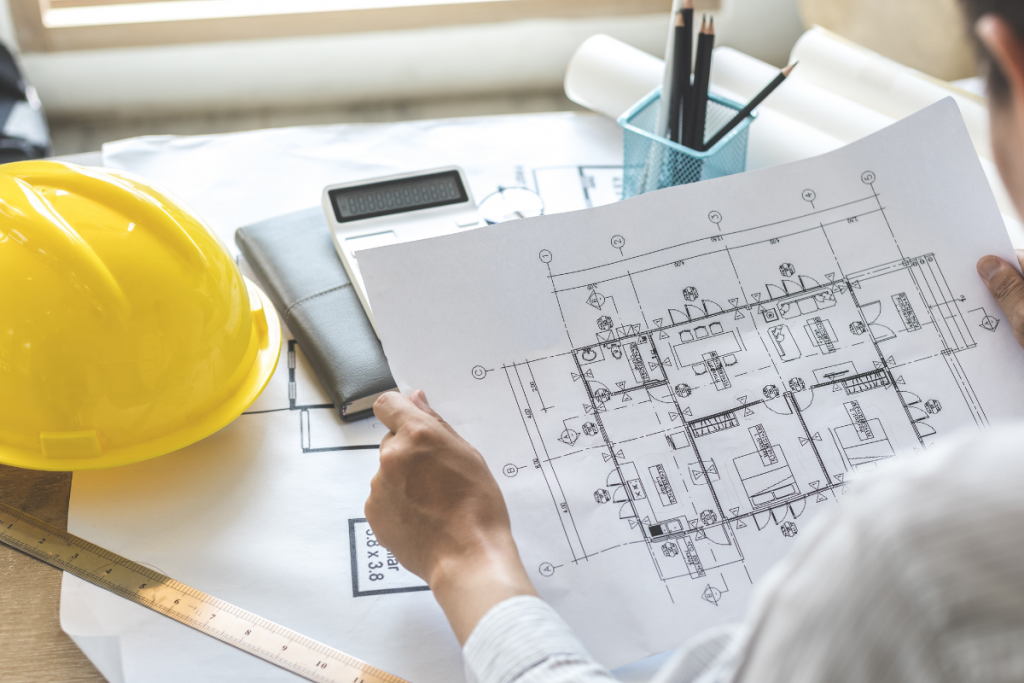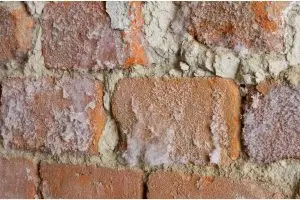Ensure the integrity of the building envelope
Ensure your building’s building envelope is tight and leak-proof. When it comes to older homes, this is often the most challenging part of the project. Windows and doors are expensive items, but they are essential components of the home’s façade. Additionally, proper weather-stripping and caulking will help to seal areas of wear and tear that are prone to air leakage and ice dams on roofs. If you’re planning to remodel your home, you’ll need to consider your neighbourhood and local regulations to ensure the integrity of the building envelope.
A well-built building envelope can help prevent costly future repairs. While the exterior walls of newer homes bear their own weight, older buildings usually have a roof that bears the weight of the upper floors. This is where purpose-built or load-bearing walls come into play. They transfer the weight of the structure to the foundations. It’s important to reinforce high-risk areas with reinforced walls to avoid lateral pressures. Depending on where you live, you might have special structural requirements.
The most important elements in a building
The most common component that is responsible for air infiltration is the building envelope. These are the components of a building’s walls, roof, and floor. They all contribute to energy loss, and are therefore the most important elements in a building. Inspecting the building’s envelope can help you make sure it meets your energy efficiency needs. A properly-constructed building envelope will also prevent moisture and unwanted moisture from penetrating the interior of a structure.
A building’s thermal properties are correlated with the building’s construction methods and code requirements. While modern construction practices may have a lot of similarities, building codes often have different requirements. This is where the building envelope comes into play. Its components are important to a home’s energy efficiency. Its insulation levels can be regulated by the state or municipality. The higher the insulation level, the more efficient the home will be. In addition to saving money on utility bills, a properly-insulated house also helps the building to reduce noise.
Presence of moisture in a building’s interior
 The most critical component of a building’s envelope is moisture control. Without proper moisture control, a building’s interior and exterior can become unstable and will not be safe. The presence of moisture in a building’s interior can lead to health problems and decreased comfort. When these conditions occur, the building’s exterior should be protected from excessive heat. Moreover, the structure should have adequate ventilation and airflow. By using an efficient envelope, you can ensure the quality of air in a home and ensure that your indoor environment stays healthy and comfortable.
The most critical component of a building’s envelope is moisture control. Without proper moisture control, a building’s interior and exterior can become unstable and will not be safe. The presence of moisture in a building’s interior can lead to health problems and decreased comfort. When these conditions occur, the building’s exterior should be protected from excessive heat. Moreover, the structure should have adequate ventilation and airflow. By using an efficient envelope, you can ensure the quality of air in a home and ensure that your indoor environment stays healthy and comfortable.
The building envelope should be as airtight as possible. The exterior surface of a building should be as airtight as possible. Keeping the building’s interior air-conditioned will improve the quality of the indoor environment. This is a key component in an energy-efficient building. However, it can also be compromised by other factors. In some cases, the exterior surface of the building is deteriorated, while the interior is in excellent condition.
The building’s envelope should be tight and free from leaks
A building’s envelope should be tight and free from leaks. A loose building envelope will not resist air pressure and will make it difficult to regulate temperature. The building will also have higher humidity and will need more heating and cooling systems. The better the air circulation, the more effective the building’s envelope will be. A tight building envelope is the most energy-efficient choice for a home. A properly designed building envelope will also provide optimal comfort and energy-efficient properties.
The building envelope serves four basic functions. It adds structural support and regulates moisture, temperature, and air pressure. It is a crucial part of the home and should be designed correctly. Ideally, the walls should be open at least 80 per cent of the time. These buildings are considered to be partially open and require more ventilation. The doors and windows must be properly sealed to prevent drafts. The doors and windows must be sealed to allow the flow of air and light through them.




